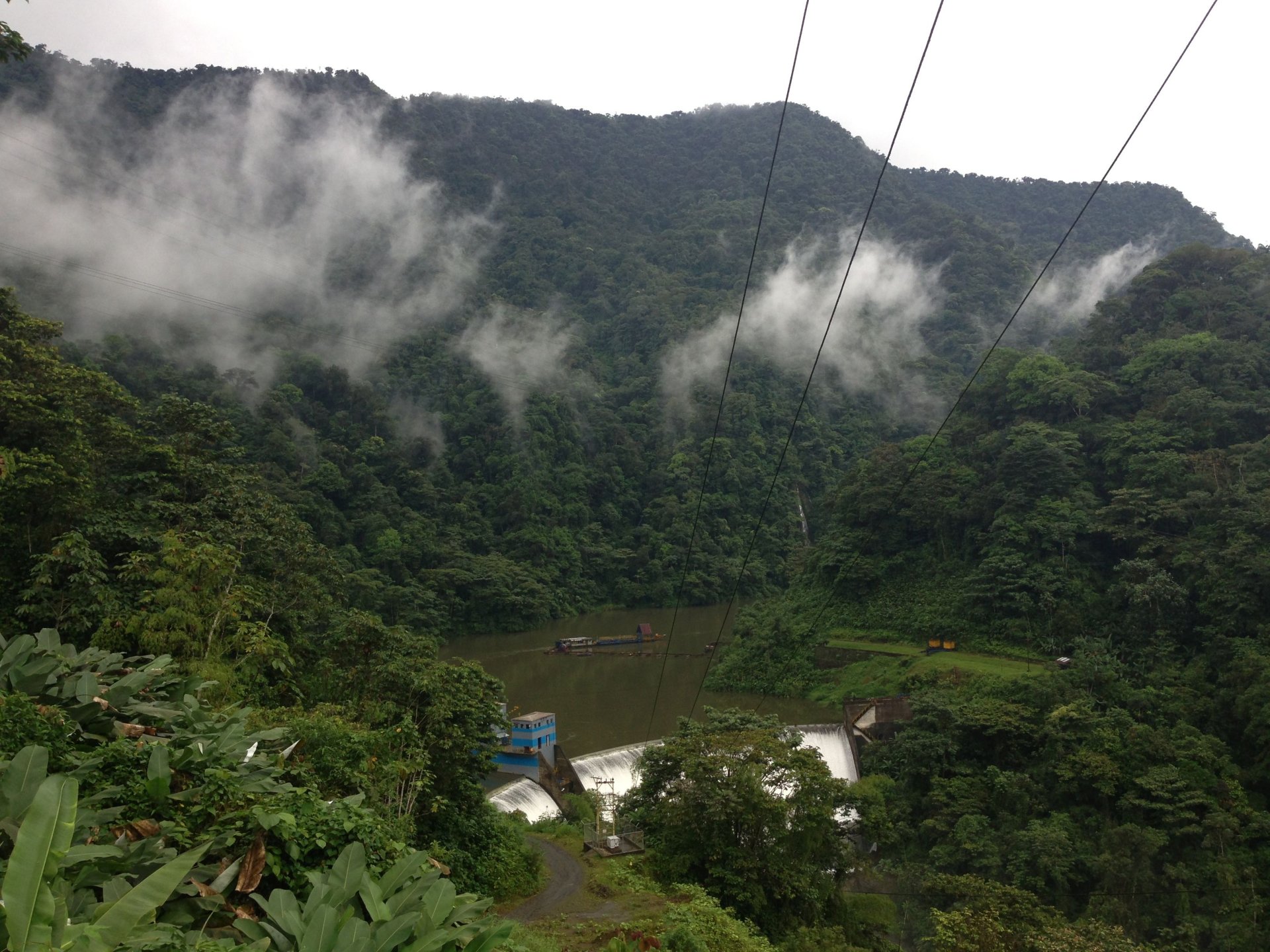Cloud Forest Blue Energy Mechanism [NDF C113]

REGION
Africa
PROJECT REFERENCE
NDF C113
DURATION
2018 to 2020
NDF FINANCING
EUR 300,000
FINANCING TYPE
Grant
IMPLEMENTING AGENCY
Conservation International and The Nature Conservancy.
NDF CONTACT
Isabel Leroux (isabel.leroux@ndf.int)
Objective
The Cloud Forest Blue Energy Mechanism (CFBEM) is an innovative “pay-for-success” financing mechanism building a strong linkage between cloud forest restoration, conservation finance and sustainable hydropower production. CFBEM and the proposed project have been conceptualised and developed by Conservation International and The Nature Conservancy. CFBEM was one of three endorsed projects by the Global Innovation Lab for Climate Finance in the 2017 Lab Competition.
The ultimate goal of the proposed project is the commercialisation of CFBEM as a profitable “pay-for-success” mechanism for the financing of natural infrastructure restoration and conservation in the context of private hydropower production. Initial target countries of the project are in Latin America, including Bolivia, Brazil, Colombia, Ecuador and Peru. There is significant scale-up potential for the structure of CFBEM in Africa and Asia, and a high replication potential in other watershed ecosystems both in urban and rural contexts.
The proposed project consists of the selection of three pilot projects and the preparation of the selected pilots for the implementation of the mechanism.
Outcomes
The Blue Energy Mechanism (BEM) project was conceptualized, developed and implemented by Conservation International and The Nature Conservancy between 2019-2021.
The theoretical premise of the mechanism was on designing and structuring nature-based solutions in watersheds and catchment areas that would translate to monetized benefits for hydropower companies providing a solid basis for investments and associated financial returns. By developing advanced computer modelling and analysis tools, it would be possible to accurately define the additionality provided by upstream watershed ecosystems and catchment areas to downstream beneficiaries, including hydropower plants and surrounding communities.
In hydropower production, sediment from erosion upstream reduces reservoir capacity and degrades mechanical equipment. Ecosystems services can alleviate this problem by regulating water flow, which in turn extends the lifetime of equipment, decreasing downtime and reducing maintenance costs while advancing the hydropower plant’s overall operability. BEM was conceptualized as a pay-for-success scheme that reduces the implementation and financial risk to hydropower companies by avoiding upfront investment costs making payments based on the actual volume of ecosystem benefits they receive.
At the start of the project, the team conducted a comprehensive screening process of 156 watersheds in Bolivia, Colombia, Ecuador and Peru to identify hydropower assets that have the most favorable biophysical and operational enabling conditions. As the result, two hydropower assets in Colombia were selected as the project pilots. Different nature-based solutions were modelled to assess their potential impact on the pilots’ operations, combining biophysical and socio-economic criteria. Following detailed and in-depth modelling and analysis and discussions, the project partners and the pilots mutually agreed to not proceed further with the project. Despite this outcome, the BEM study is arguably the most comprehensive hydro-sedimentological analyses ever made of the pilot watersheds.
Even though the pilot projects did not translate into immediate pay-for-success transactions, the experience accumulated during the process has generated valuable deliverables. First, the BEM candidate screening methodology has been revised to refine the analysis of enabling conditions and improve chances of success. The result is a practical tool, the Water security and hydrological ecosystem services mapping and scenario analysis, designed in collaboration with Professor Mark Mulligan from the King’s College of London, that allows for systematic screening of a large number of watersheds around the world. In addition, the project delivered valuable lessons learned on designing and structuring nature-based solutions, which are presented in the report “Nature-based Solutions for the Hydropower Sector. Monetizing Sediment Control & Water Regulation Ecosystem Services.”
In conclusion, the BEM pilot project showed that there is more work to be done to mainstream nature-based solutions, for hydropower companies in particular and the private sector more broadly. Conservation organizations need to focus on how to reduce, through legal or financial structuring, the uncertainty of ecosystem services outcomes and, most importantly, on identifying ways to streamline activities on the ground to reduce both the real and perceived challenges and costs of implementation at meaningful scale.
Financing
The total project cost estimate is USD 1,000,000. The NDF grant contribution is EUR 300,000, which includes a total commitment to the project of USD 275,000 and a contingency reserve. Committed Stage 1 grant providers include FMO (USD 275,000), IDB/GEF (USD 250,000) and Conservation International (USD 200,000).
Related links
Water World Water security and hydrological ecosystem services mapping and scenario analysis
BEM Project selection methodology - Video tutorials (ppt)
BEM-Project_selection_methodology-Methodology_description (pdf)
NbS for the Hydropower Sector – Lessons learned from BEM pilots (pdf)


